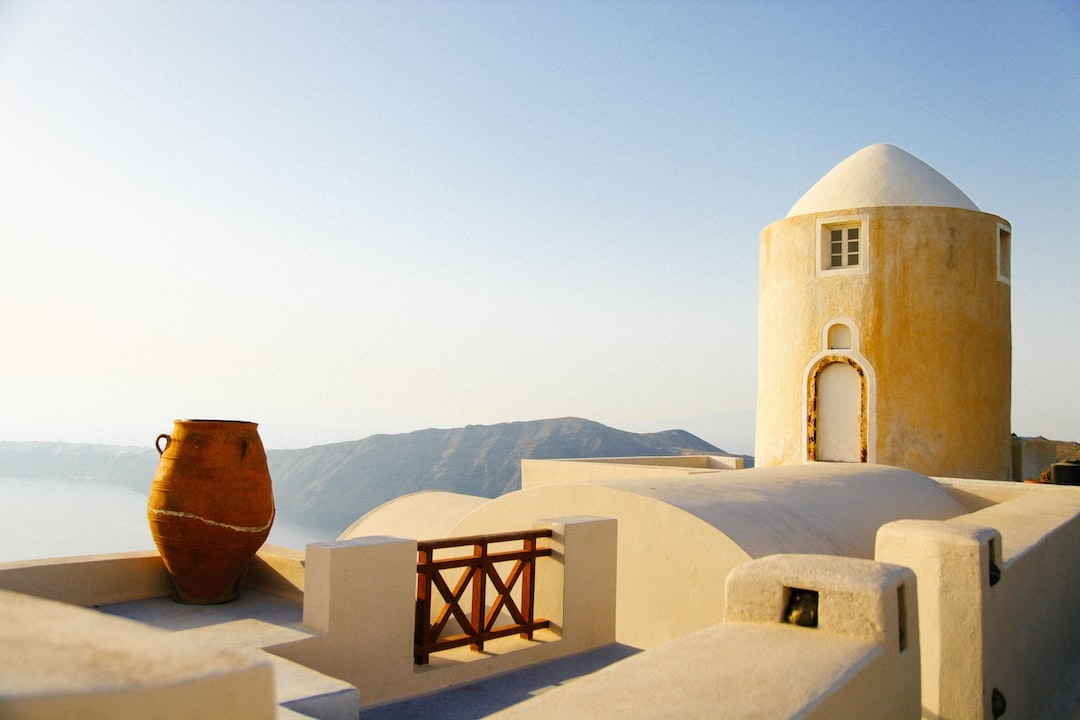Why was the Sydney Opera House controversial?

Why was the Sydney Opera House controversial?
The Sydney Opera House, located in Sydney, Australia, is one of the most iconic and recognizable buildings in the world. However, its construction faced numerous controversies throughout its history. Let’s explore why the Sydney Opera House was so controversial.
Design Competition and Architectural Challenges
The controversy surrounding the Sydney Opera House began with its design competition in 1956. The competition attracted over 200 entries from architects worldwide. The winning design was submitted by Danish architect Jørn Utzon. His design featured a complex series of concrete shells that resembled sails or seashells.
This design posed significant engineering and construction challenges. The unique shape of the building made it difficult to determine the exact structural requirements. As a result, construction delays and rising costs became inevitable.
Cost Overruns and Funding Issues
The construction of the Sydney Opera House faced significant cost overruns, which further fueled the controversy. Initially estimated at AUD 7 million, the final cost exceeded AUD 102 million. The increasing costs led to debates and disagreements about funding sources.
The controversy escalated to the point where the government had to intervene and provide additional financial support. It resulted in the dismissal of Jørn Utzon from the project in 1966 due to mounting tensions and conflicts over costs and design modifications.
Public Opinions and Criticism
The Sydney Opera House faced public opinions and criticism throughout its construction period. Some praised the building’s architectural uniqueness, while others criticized its cost overruns and delays.
Many Australians felt that the project became a financial burden and questioned the government’s decision to invest such a significant amount of money in a single cultural institution. The escalating costs and controversies surrounding the project sparked public debates about the role and responsibilities of the government in supporting the arts.

Cultural and Historical Significance
Despite the controversies, the Sydney Opera House retains immense cultural and historical significance. It has become a symbol of Australia and an iconic landmark attracting millions of tourists every year. In 2007, it was designated a UNESCO World Heritage Site, further establishing its importance and recognition on a global scale.
Today, the Sydney Opera House stands as an architectural marvel and a testament to human creativity and perseverance. It serves as a reminder of the challenges faced during its construction and the ultimate achievement in overcoming them.
In conclusion, the Sydney Opera House was controversial due to its unique design, construction challenges, cost overruns, and public debates. Despite the controversies, it has become a symbol of Australia and a testament to architectural brilliance.
Pro-Palestinian Demonstrators Hold Protest Outside Sydney Opera House In Sydney, Australia
The Sydney Opera House, located in Sydney, Australia, is one of the most iconic and recognizable buildings in the world. However, its construction faced numerous controversies throughout its history. Let’s explore why the Sydney Opera House was so controversial. Design Competition and Architectural Challenges The controversy surrounding the Sydney Opera House began with its design…